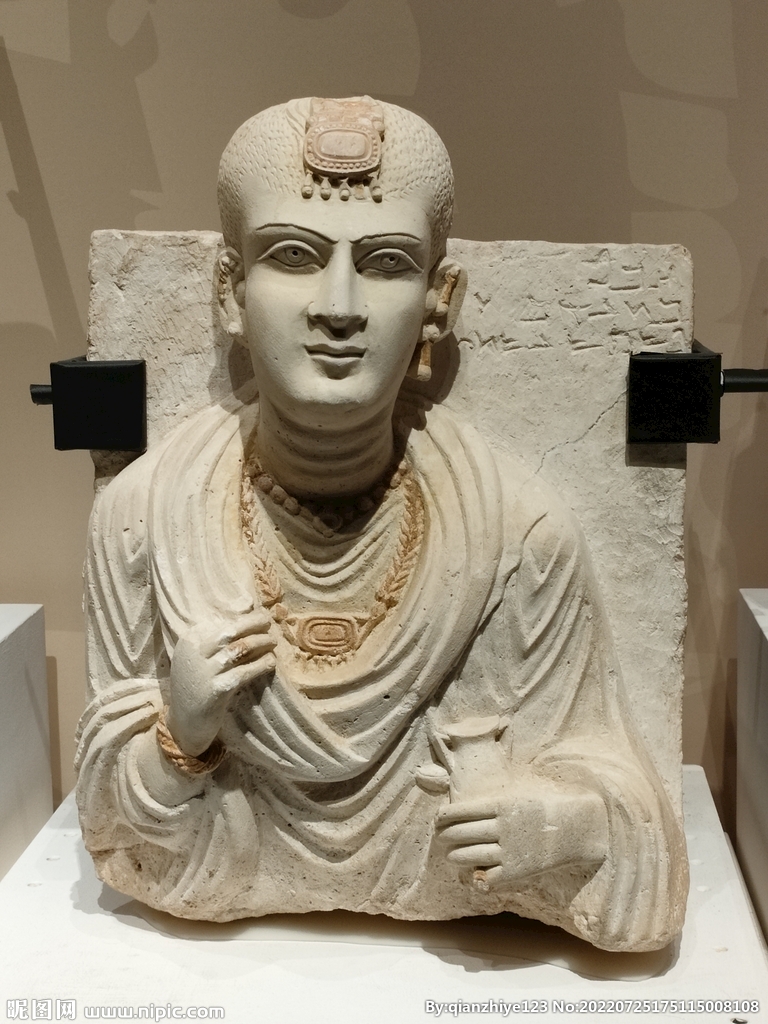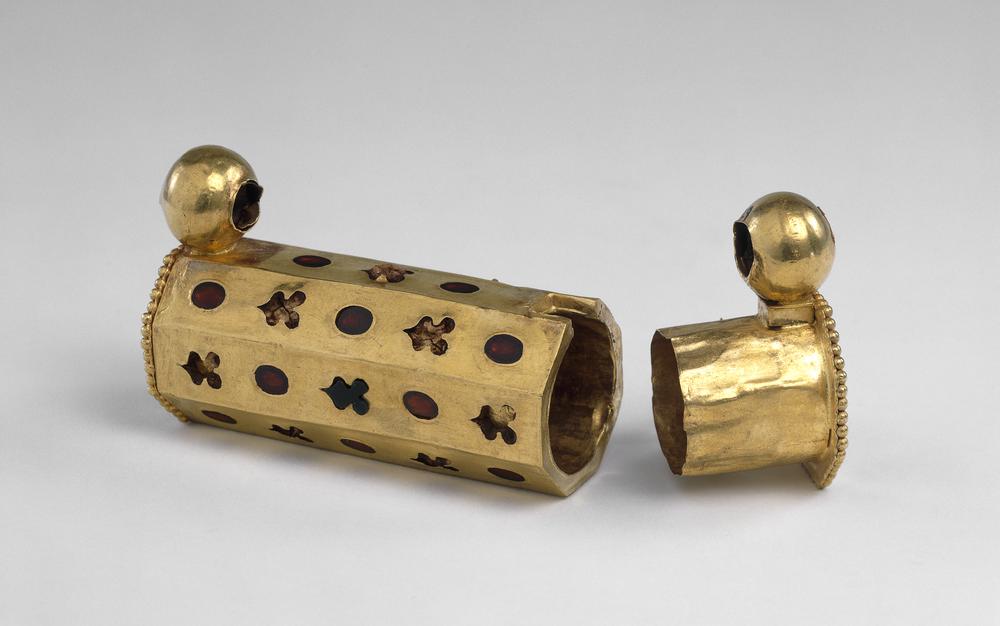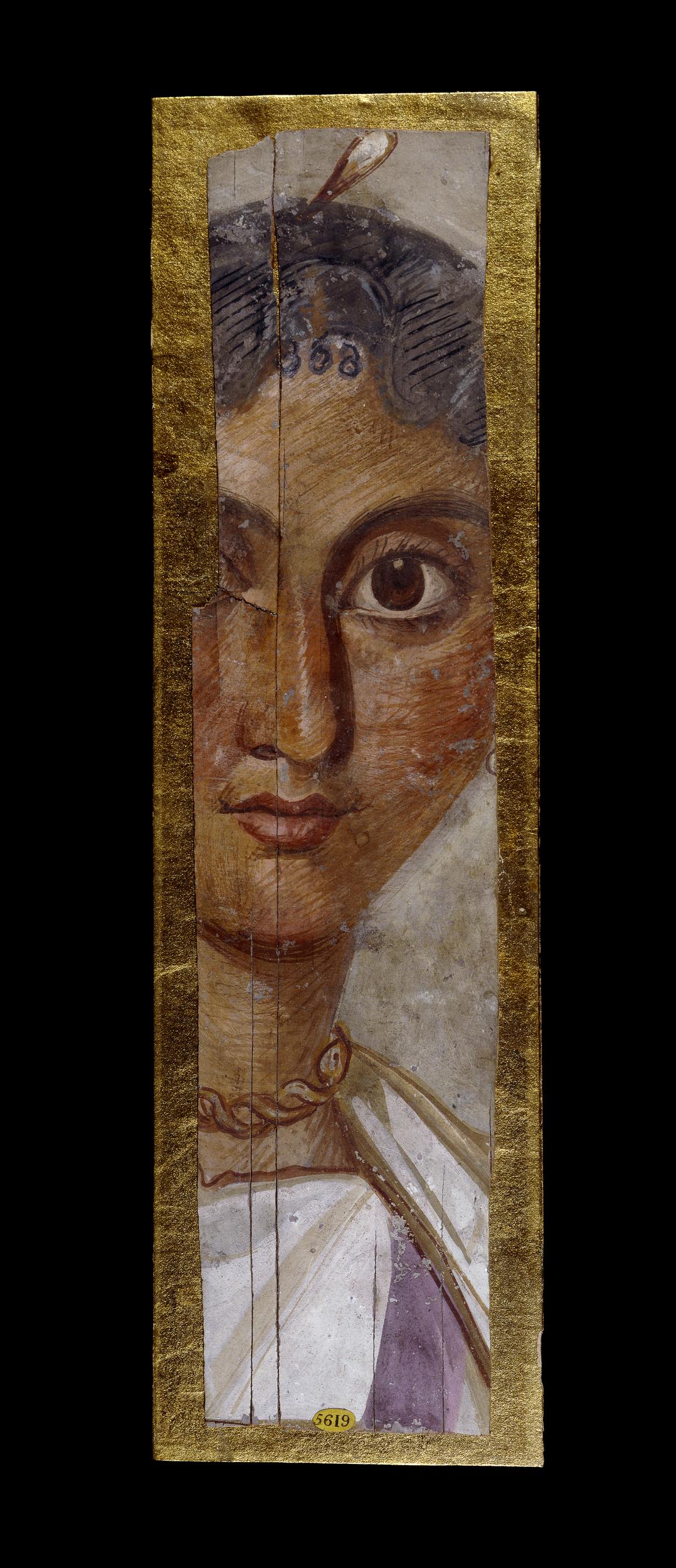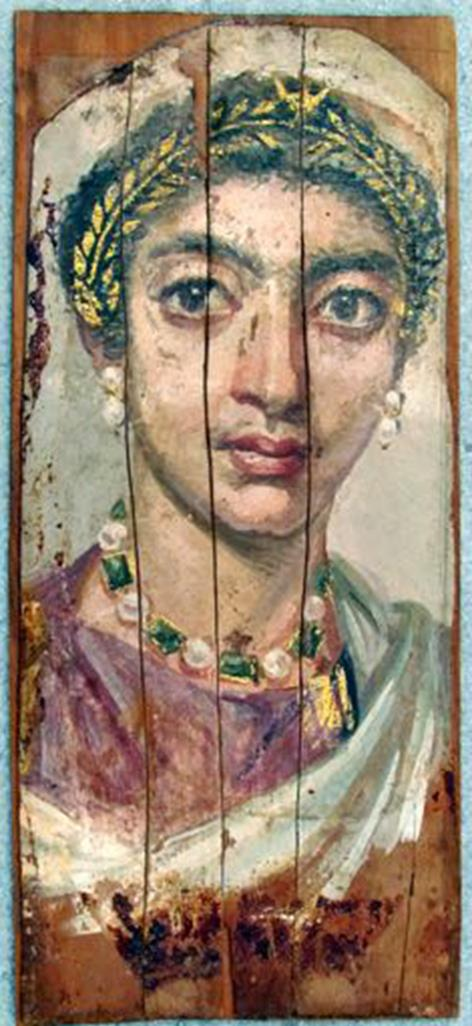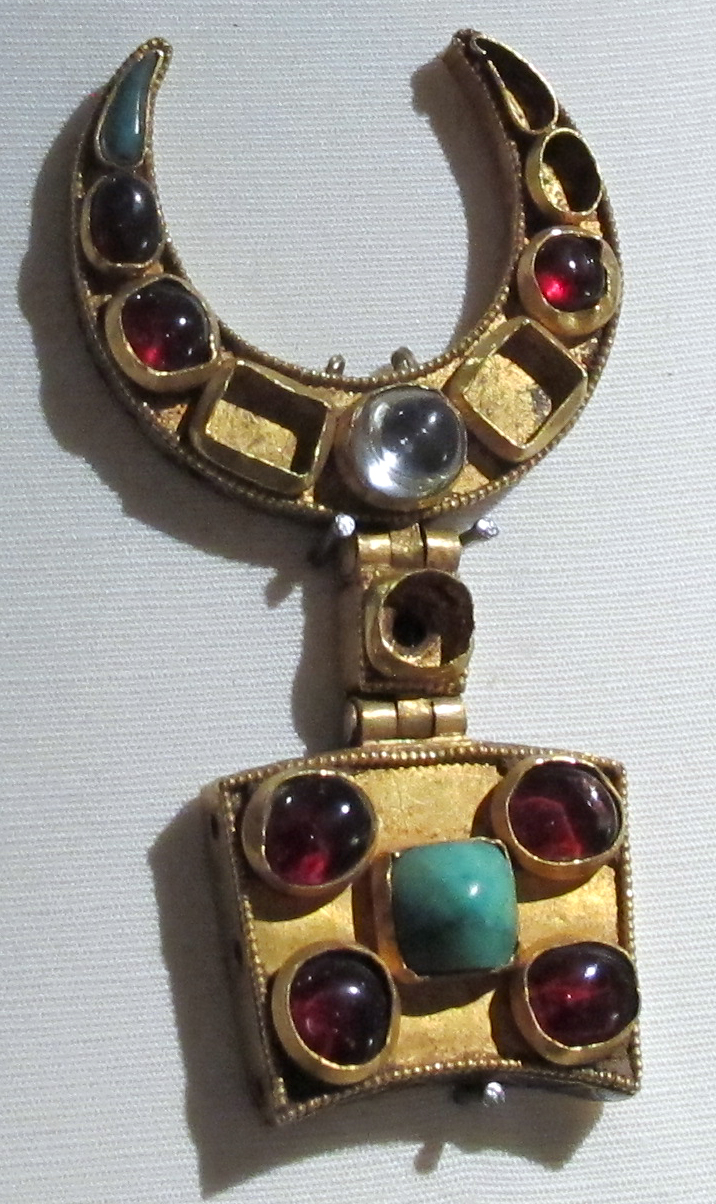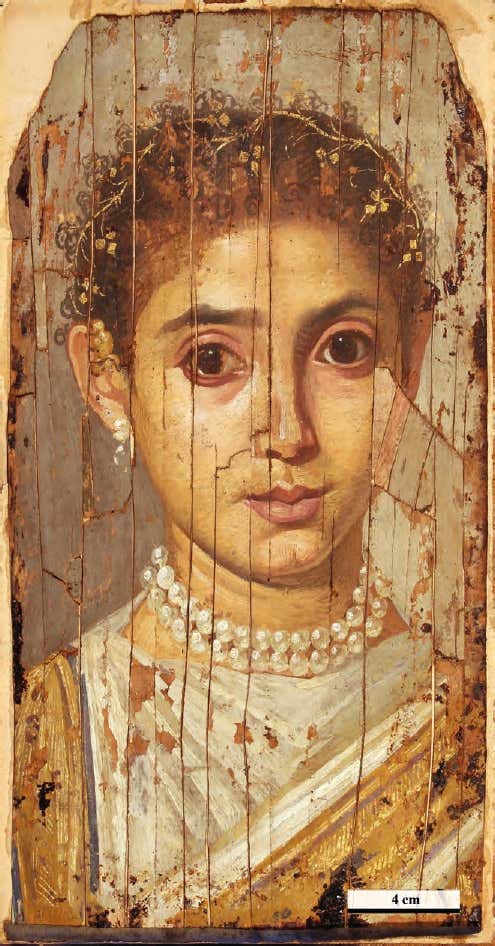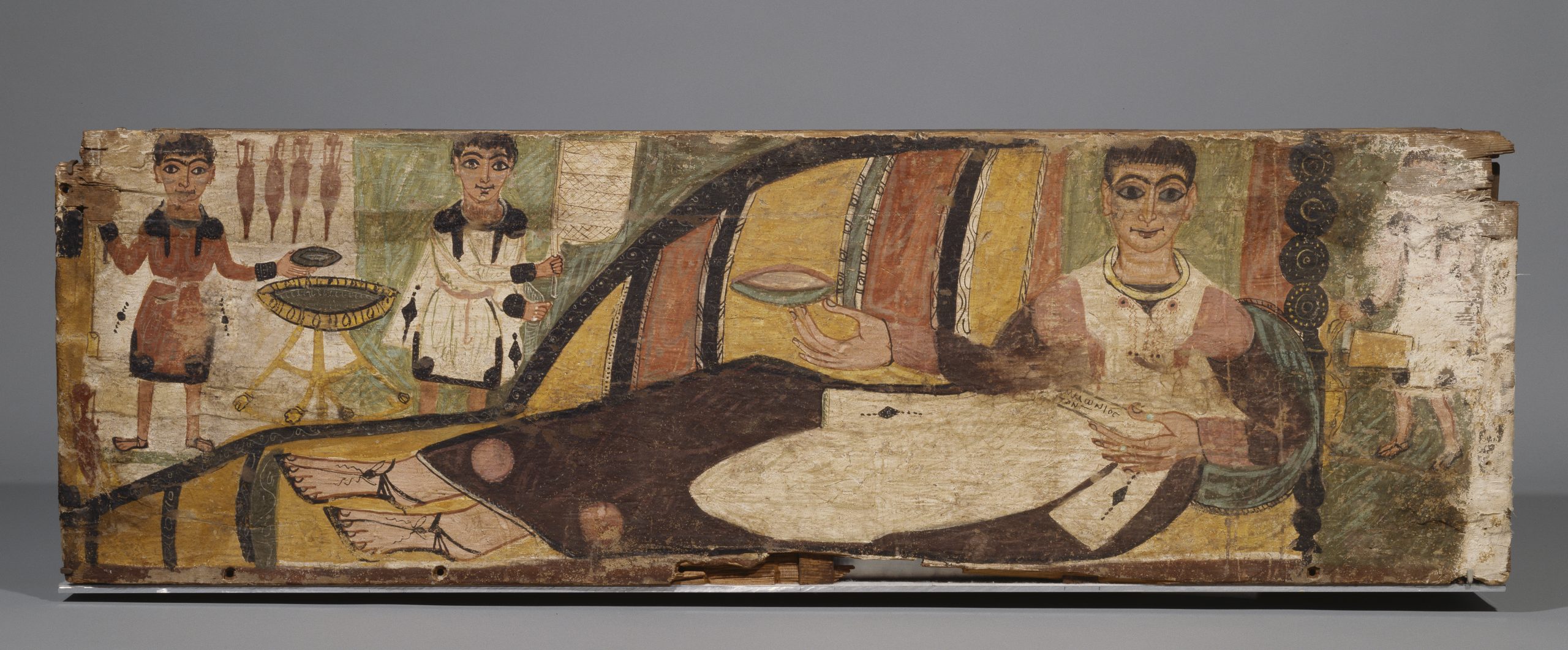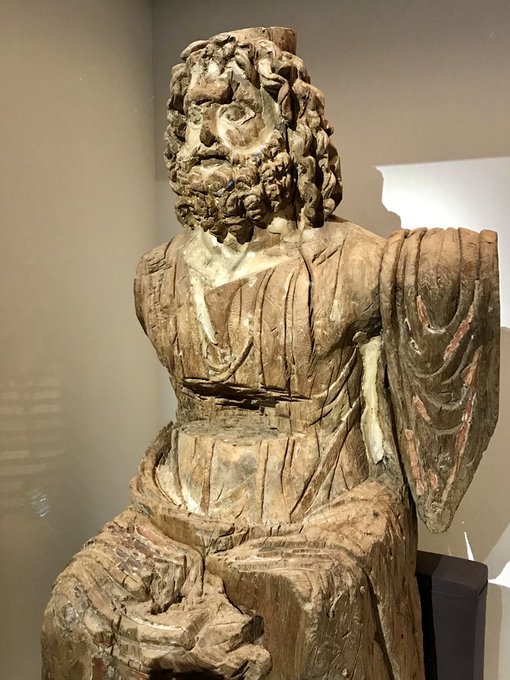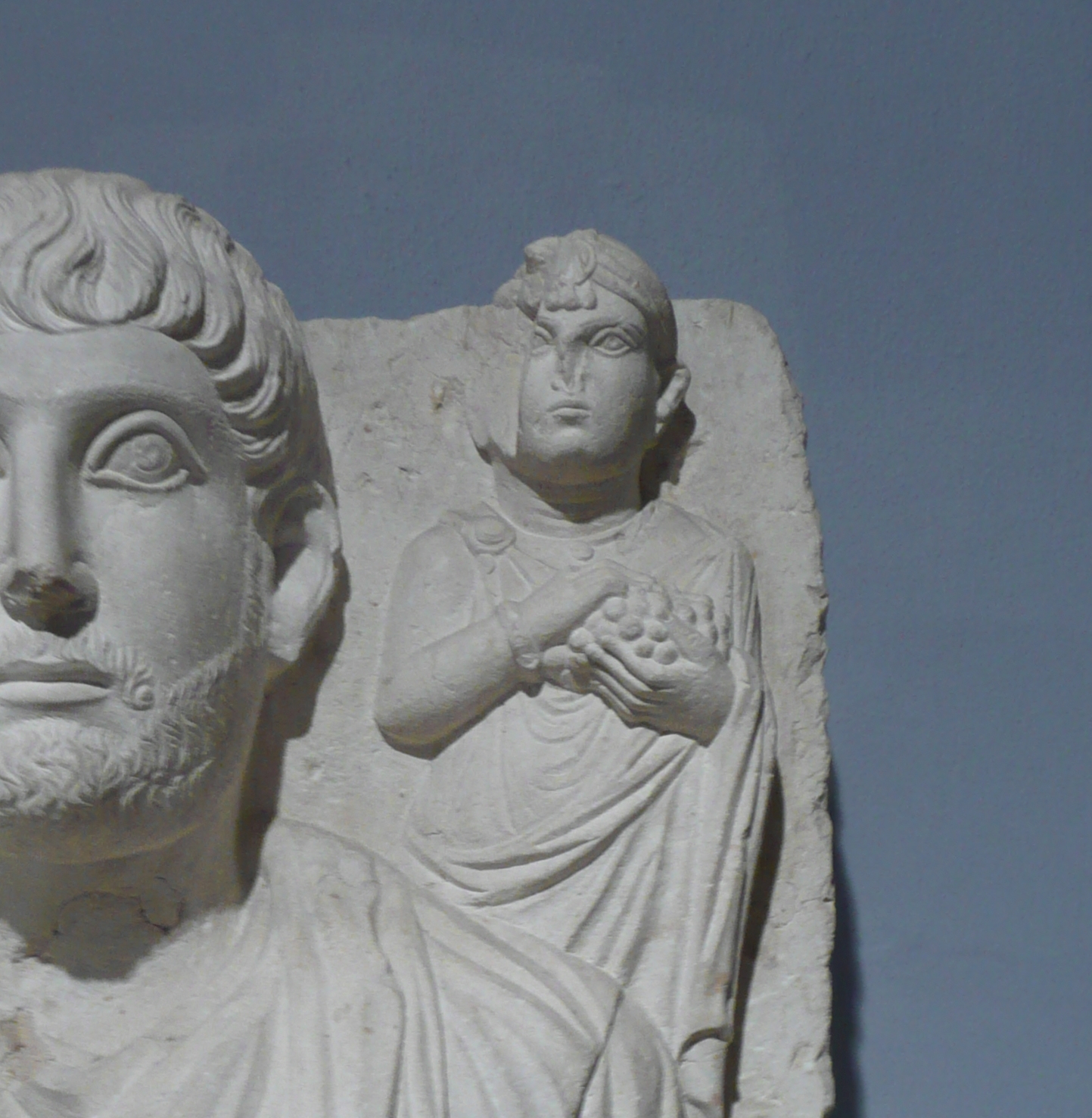Newly Discovered Mummy Portraits from the Necropolis of Ancient Philadelphia – Fayum
Basem Gehad, Lorelei H. Corcoran, Mahmoud Ibrahim, Ahmed Hammad, Mohamed Samah, Abd Allah Abdo, Omar Fekry
Institut français d’archéologie orientale – Le Caire 2022
https://journals.openedition.org/bifao/11727?lang=en
“This article addresses questions of date and provenience with respect to the mummy portraits said to have been found at the Fayum site of Er-Rubayyât, the necropolis adjacent to the ancient Ptolemaic and Roman village known as Philadelphia.
The precise contexts and the dates of these portraits have been debated due to the poorly documented circumstances of their discovery in the late nineteenth and early twentieth centuries. […]
The finds of the Egyptian mission at the cemetery of Philadelphia (below) will help to resolve the issue of the dating of the portraits. These finds include objects found in situ with the portraits—pottery, papyri and a Hadrianic coin—that confirm the Roman dating of the portraits from Graf’s collection and of other mummy portraits found earlier at the site in the nineteenth and twentieth centuries.”



number 20-2-Vt9-A/m-1 (by A. Abd el-Halim)
“The painted, stuccoed linen ground of this portrait mimics the shape of a wooden, panel portrait. The subject of the painting is a young female, whose head, upper torso and hands are painted on a grey background. Two fragments of skull, found beneath the portrait, were studied and confirmed to be those of a young adult female between seventeen and twenty-two years of age, which reflects a mimetic resemblance between the painted portrait and the deceased. […]
The young woman’s hair is swept back from her forehead and separated into three segments by two distinct side parts. Her hair appears to have a light brown color overall, but individual strands are indicated with dark black lines that are arranged at each side, as if to converge in tight-fitting, overlapping braids. This Hellenistic style is referred to as the melonenfrisur because the severely drawn divisions of hair resemble the striations of the surface of a melon; the hair is finished in a bun at the back of the head. The central section of the woman’s hair is pulled back tightly and held in position with a jeweled barrette (or “hair pendant”) composed of six oval and square parts representing inlaid agate and carnelian stones. [more like three gold parts inlaid with carnelian / ruby and emerald, with a pendant of carnelian and pearl beads]
Two portraits from the Graf collection provide parallels for the use of such a hair ornament: one of gold in the same position as on this portrait can be seen on Berlin Ant. inv. 31161/32 (Parlasca II/305), dated to the mid-2nd century, and another on a complete portrait mummy, from Philadelphia (Berlin Ant. inv. 31161.42; Parlasca II/646), dated by K. Parlasca to the mid-4th century. A barrette can also be seen on a portrait from Hawara, dated to the late Hadrianic era (Petrie Museum, inv. UC 36215, Parlasca IV/704). It has recently been recognized, however, that the dating of mummy portraits by women’s hairstyles is not as definitive as was once thought (among other difficulties is the comparison of two-dimensional and three-dimensional images). Moreover, the hairstyle depicted in this portrait might have a wide range of popularity with a number of variants. Nevertheless, the closest comparison to this hairstyle would be the melonenfrisur of the young Empress Fulvia Plautilla, dated to the late second to the beginning of the 3rd century CE.
In addition to the hairpin, the jewelry includes a pair of drop earrings: a small gold hoop at the lobe from which drops a vertical gold bar with a small white bead (pearl?) and a gold bead at the bottom; a perfect match to these earrings can be seen on the mummy portrait of a woman in the collection of the Detroit Institute of Arts, Inv. 25.2 (Parlasca I/226), dated to between 130 and 160 CE. Of the woman’s two necklaces, both of which were popular styles among the portraits of youthful boys and girls, the upper is a thick, gold chain braided in a horizontally-oriented chevron (wheat pattern) design with a small, lunula (crescent-shaped) drop pendant. The lower necklace could be leather or braided cloth with a gold amulet case suspended from a loop with a whitish bead at each side of the loop. She wears a tubular, spiral gold bracelet on each wrist and a double ring of gold across the pinky and third finger of her proper left hand, it seems that the painter wanted also to indicate another ring on the ring finger of her proper right hand.”

(by M. Samah)

To compare

British museum, EA63395
https://commons.wikimedia.org

Menil Collection https://www.menil.org

From the collection of the Museum “House of Icons and Painting S.P.
Ryabushinsky” [Дом Иконы и Живописи имени С.П. Рябушинского].
Previously in New York private collection https://commons.wikimedia.org

Photos by NearEMPTiness in the Pushkin’s Museum, Moscow https://commons.wikimedia.org

Photo by Sailko https://commons.wikimedia.org
also https://www.getty.edu/publications

https://www.getty.edu/publications


